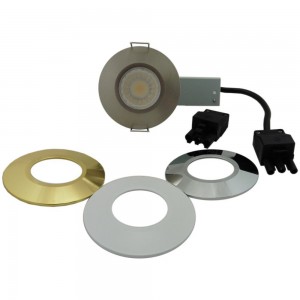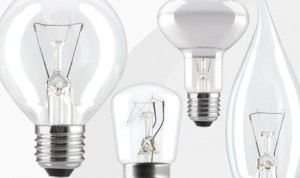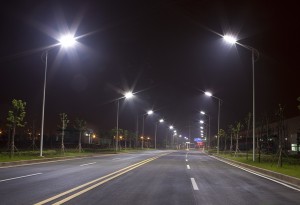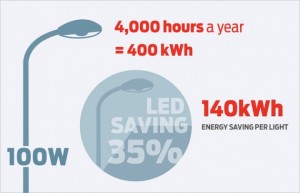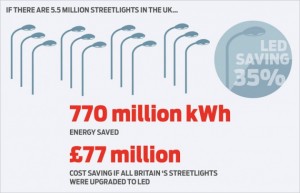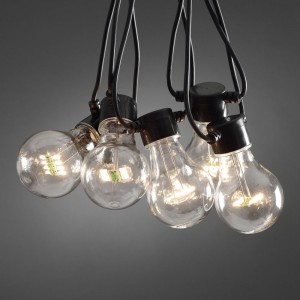You might want to think about the lighting in and around your premises then – Courtesy of Lighting.co.uk – Here’s why!
Light intensity can affect employees’ feelings about their working environment. Studies have shown that rooms lit by sources with a higher illuminance are generally viewed as brighter. Spaces with high intensity lighting are regarded as more lively and less tense, and most workers like higher intensity lighting at the work surface. Very high intensity artificial lighting (above 1000 lux), however, is off-putting to some.
Employers concerned about sleepy staff should note that exposure to bright light (1000 lux) in the afternoon helps employees to feel alert after a short night of sleep. Dim light (below 5 lux), on the other hand, increases sleepiness. In fact, research shows that working under intense light during the day may ensure a better night’s sleep.
The impact of bright lighting on employees’ productivity seems to depend on what exactly they are doing. Some studies have found that exposure to lighting levels above 2000 lux may enhance people’s capacity for visual scanning, short-term memory and mental arithmetic. However, a study that compared the effects of working under 1,000 lux and 200 lux (common in offices) found no improvement in visual scanning or the ability to concentrate. More research is needed to establish optimum lighting levels for different activities during the working day.
Working at night is the biggest challenge to the human circadian system, as we are simply not designed for it. It’s tempting to seize on high intensity lighting that mimics daylight as the solution to keeping night-shift workers awake and functional. It is certainly true that exposure to light at night suppresses the production of melatonin – the hormone that tells the body to sleep, and the more intense the light, the greater the effect. This coincides with feelings of alertness and higher sustained attention. But scientists warn that messing with melatonin too much can disrupt people’s sleep-wake cycle and harm their health in the long term.
Artificial light in classrooms definitely has an effect on the physical and mental health of students, particularly in rooms with little natural light. Studying under brighter, colder light in the morning can boost academic performance, improve social behaviour, influence physical health and help banish sleepiness. Conversely, reduced light levels and lower colour temperature can damp down agitation and disturbance during lessons.
Three Dutch studies looked at the educational performance and concentration level of school pupils working under 1000 lux cold white (6500K) lighting. The children’s performance was compared with control groups working under 600 lux (4000K) and 380 lux (3000-4000K). All three studies reported fewer errors and improved performance among the pupils in the experimental group, although only two found improved concentration.
Another study compared the oral reading fluency of seven and eight year olds under standard lighting (500lx, 3500K) and brighter, colder lighting (1000 lux, 6500K). Pupils in the bright light group started with a lower score but ended with a much higher score than the children in the control group.
There is evidence that the absence of blue light during the school day delays the circadian clock. In one study, 11 adolescent students wore orange glasses throughout a five-day school week to exclude blue from the ambient light. The effect was to delay the onset of melatonin (the start of the sleep-wake cycle) by 30 minutes.
It is known that disrupting the body clock can cause underperformance in exams and academic work. A study of 132 university students found that those with a disposition to wake early and go to bed early tended to achieve better grades compared with night owls.
There is plenty of evidence to suggest that people feel safer under bright light at night. High levels of uniform lighting provide greater visibility and reduce road accidents. However, good lighting conditions might also make drivers inclined to drive faster. Pedestrians like lighting that makes them easily visible to drivers and helps them to recognise faces.
Lighting that clearly illuminates the surroundings provides reassurance and discourages crime. But it cannot simply be a question of flooding streets and public places with bright light. Light pollution is a serious issue, and what is seen as pleasant by some might be seen as pollution by others. Exposure to light at night has been associated with cancer and lower cognitive performance. Nocturnal lighting harms the wellbeing of some animals, interfering with reproduction, orientation and hunting.
People might like bright streets, but they also need the downtime of darkness to restore their bodily health during the night. A subtler approach to lighting the nightscape might pay dividends.
Since short wavelength light has the strongest impact on circadian cycles, light sources that limit blue emission are being developed for use after dark in order to limit harm to people and wildlife.
Home is where most of us go to sleep at night and wake up in the morning, so domestic lighting has a significant impact on our wellbeing. Lighting that triggers the ‘wrong’ response in our circadian clocks can make it harder to drop off to sleep at night and wake up feeling alert and refreshed. LED technology has the potential to work with our natural rhythms while keeping energy bills down.
Generally speaking, the more blue-enriched the light source, the more alert and wakeful we are likely to feel. Most homes, of course, are filled with gadgetry such as TV sets, smartphones and laptops, all of which emit blue-enriched light. This should be taken into account when designing lighting for private homes.
Conventional indoor lighting is unhelpful when it comes to winding down for sleep; any lighting in the evening interferes with the body clock. Even low to moderate intensity light (40-250 lux) can suppress melatonin, delay sleep and make us feel more alert. The more blue the light, the stronger the effect. Recent studies have found a positive correlation between insomnia in older people and light levels in the evening and at night in the bedroom.
In the morning, our bodies are programmed to wake gradually in response to warm dawn light. Our cognitive processes are generally fuzzy at first, but as the sun moves across the sky the cooler blue daylight helps us feel more alert. Research shows that waking up in blue-enhanced white light conditions can have a beneficial effect on cognitive processes such as short-term memory throughout the day.
Lab tests have found that exposure to moderate intensity light in the morning changes the circadian system, bringing forward the onset of melatonin and therefore altering the sleep-wake cycle. In one study, two hours of light stimulation on two consecutive mornings using a blue short wavelength (470nm) LED advanced the onset of melatonin by over one hour.


